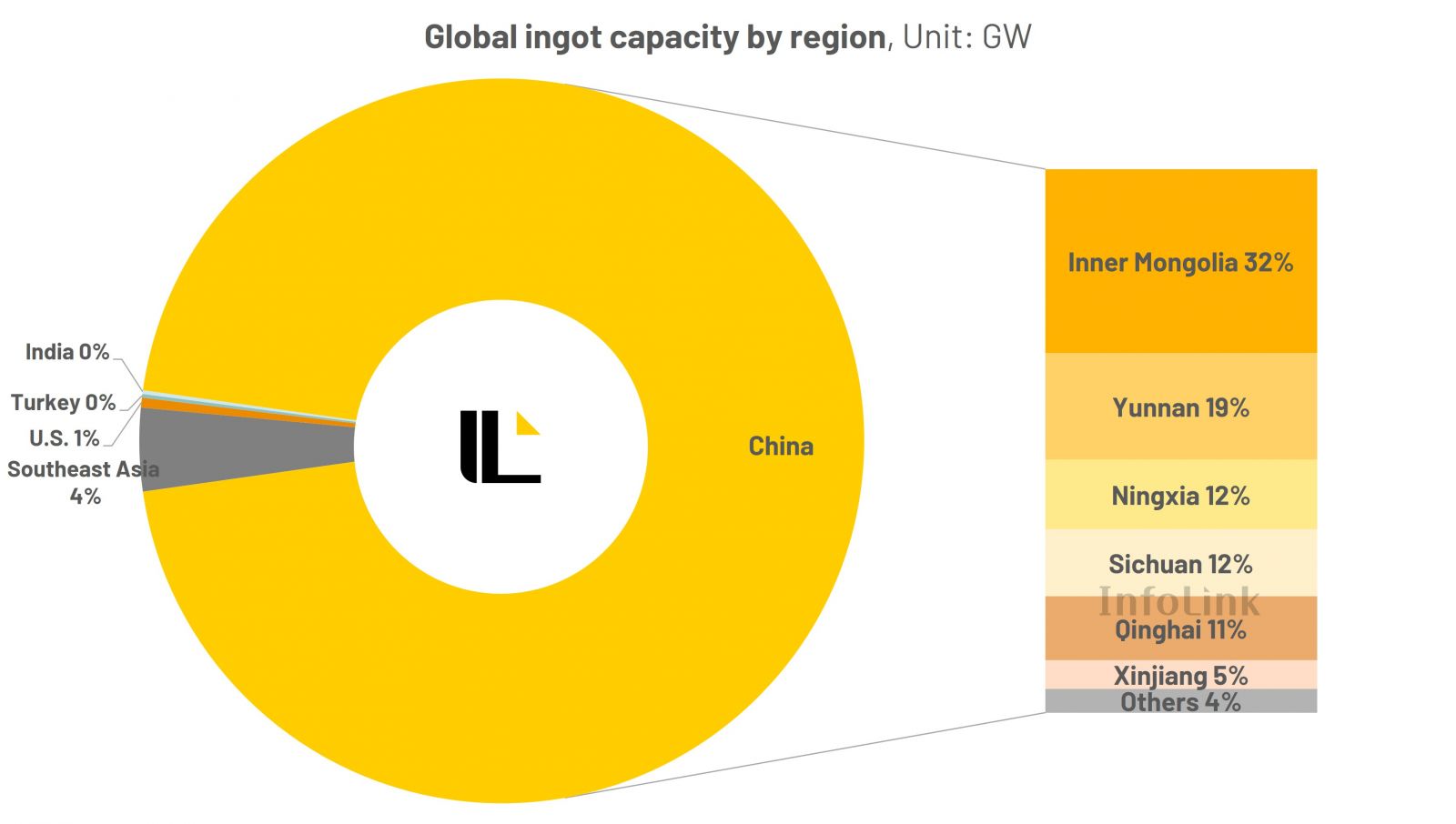Impacts of Myanmar earthquake on the PV supply chain

A 7.7-magnitude earthquake struck central Myanmar’s Sagaing region on the afternoon of March 28 (Beijing time), with tremors spreading across multiple countries. The seismic event notably impacted PV ingot production areas in southwestern China. Although Myanmar itself is not a key player in photovoltaic manufacturing, the earthquake’s ripple effects have disrupted upstream ingot operations within the global PV supply chain.
Southwest China affected; wafer supply under short-term pressure
From a global PV supply chain perspective, China accounts for nearly 95% of total production in 2025, with major production hubs located in Inner Mongolia (32%), Yunnan (19%), Ningxia (12%), Sichuan (12%), and Qinghai (11%).

Following the earthquake, InfoLink swiftly launched an investigation to track the status of key PV production hubs in Southwest China. Enterprises in Sichuan, Yunnan, and Inner Mongolia reported production line halts and are conducting emergency inspections and capacity evaluations.
Ingot production—a crucial high-temperature process in PV wafer manufacturing—relies on stable equipment and operational conditions. While no facilities were directly damaged, seismic activity has disrupted production timelines and capacity planning. Several companies have temporarily halted shipments and delayed order fulfillment.
Research shows that several factories have temporarily halted production due to issues such as production line disruptions, sealed pots, and furnace explosions. The estimated impact is a loss of 3.5–4 GW in monthly wafer output, about 7–12% of total production. The actual impact could grow.
Market sentiment pushes up short-term wafer prices
Amid concerns over tightening wafer supply, manufacturers have paused shipments and initiated price renegotiations. Leading producer Zhonghuan increased its quotes on March 31, with others following suit, pushing short-term prices higher. Downstream cell and module producers view this as a potential brake on recent price declines. Close monitoring of aftershocks and repair efforts remains critical.
Though unexpected, the earthquake underscores the PV industry’s vulnerability to natural disasters, given its geographically concentrated production bases.
As a key industry observer, InfoLink maintains real-time tracking of global supply chain dynamics and responds promptly to major disruptions and policy shifts, providing actionable insights to support strategic adjustments and risk mitigation.

